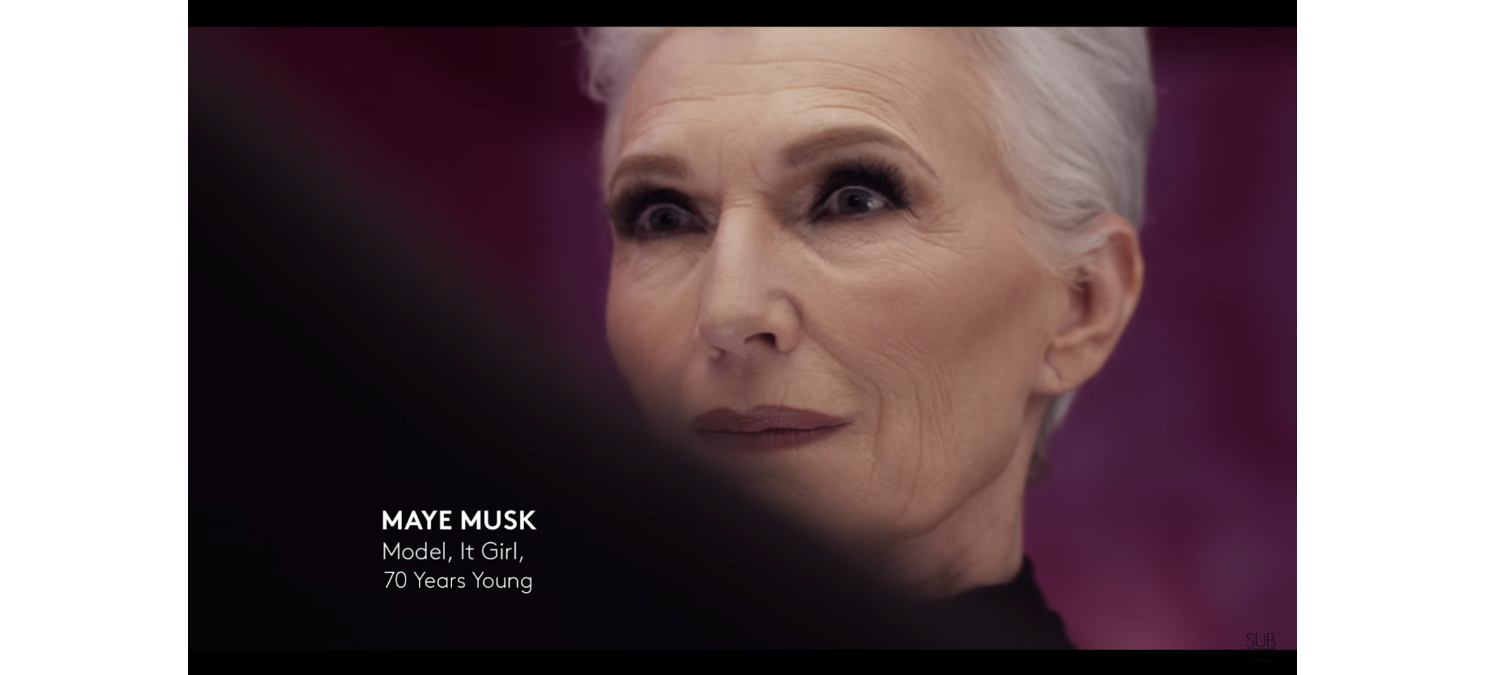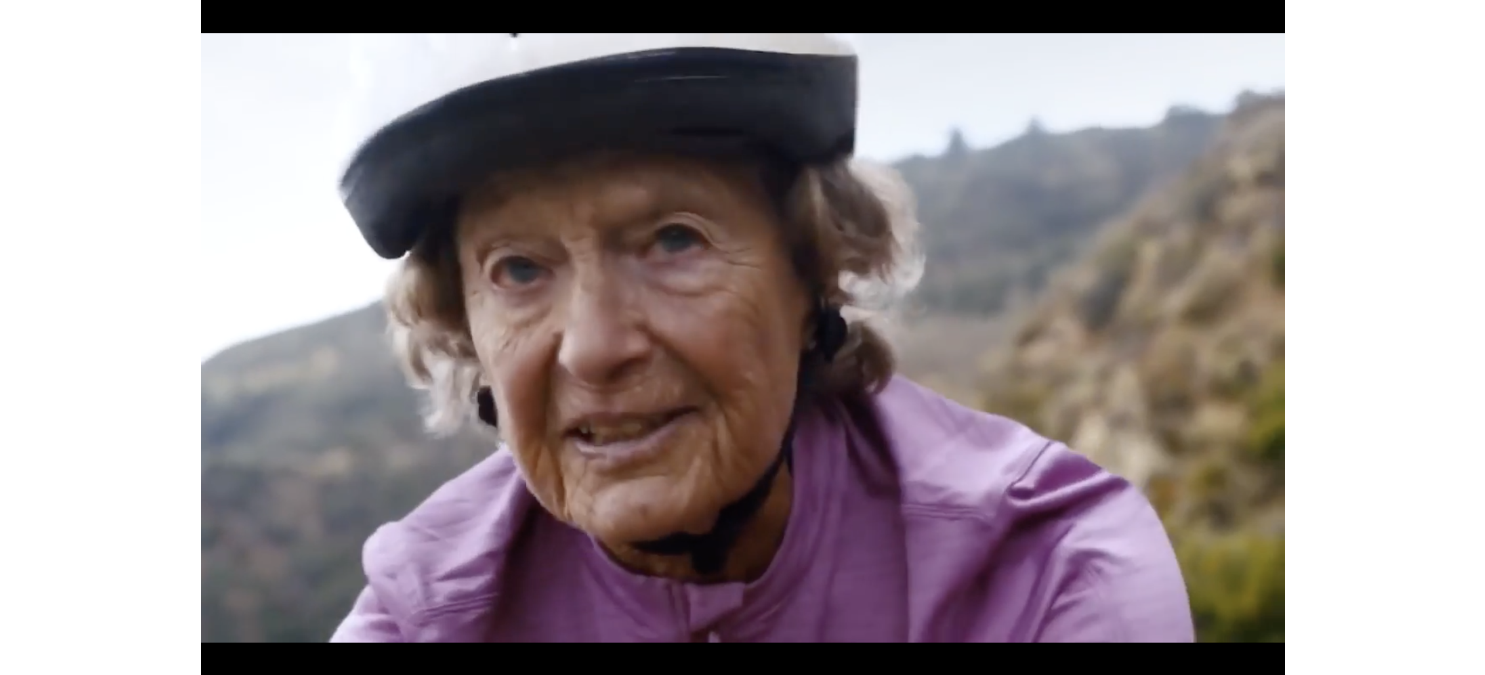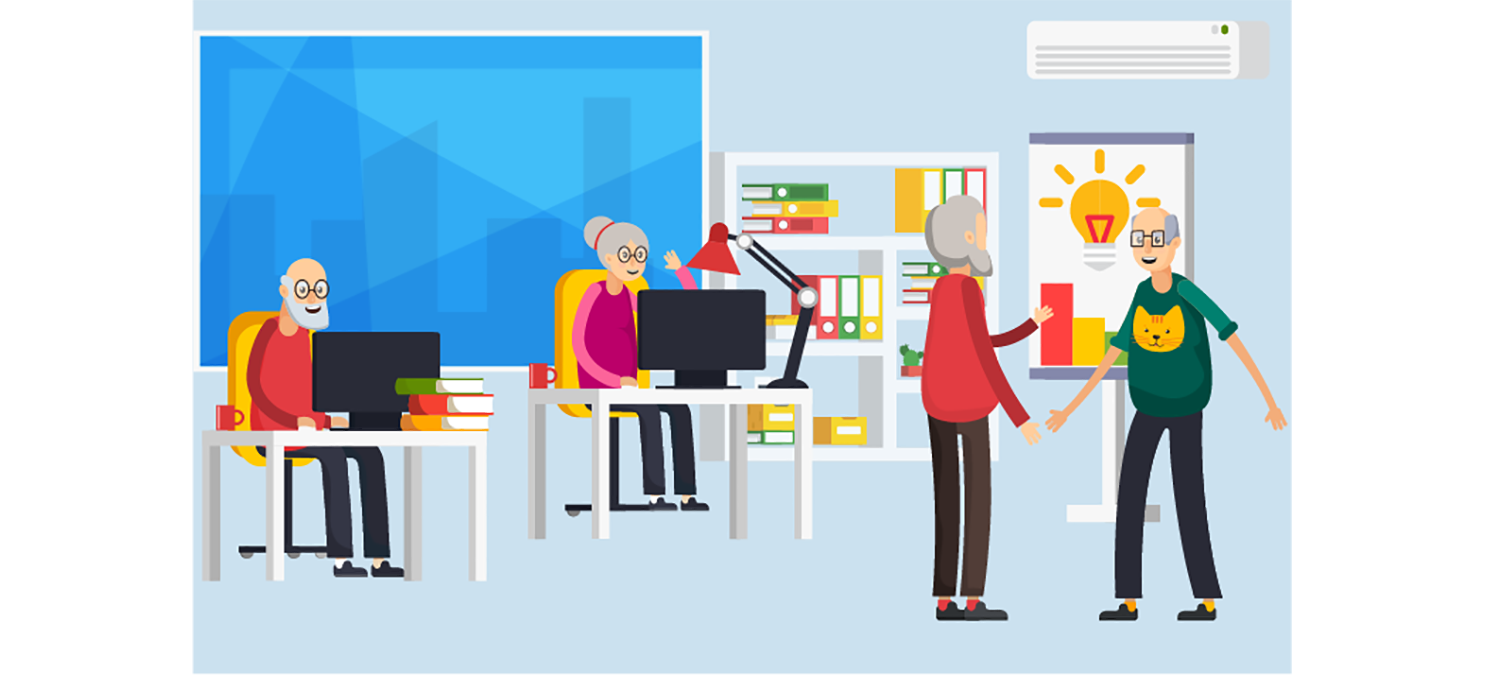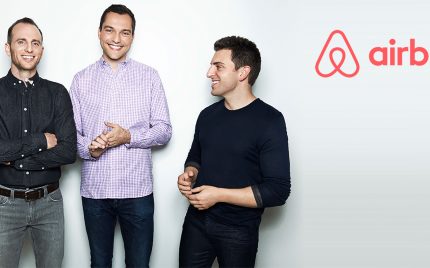
As a result of sharp reductions in fertility and mortality as well as increased life expectancy at birth, the elderly population in almost every country is growing rapidly. Yet, the senior market remains underserved across the globe. Companies should take advantage of this situation and quickly develop an effective strategy so as to improve service to the seniors and gain competitive advantages over their rivals as well.
The underserved market

Worldwide, the 60-and-older age group is anticipated to more than double by 2050. In Vietnam, statistics from multiple sources have shown that in 2018, the ratio of the elder people (over 55 years old) was 16 percent and is predicted to account for a fifth of the population in the next 10 years. Despite the aging population, little efforts have been made to market toward older adults.
There are many reasons leading to the seniors being underserved in today’s times, however, (1) the obsession with younger generations and (2) stereotypes about aging are perhaps the two most crucial factors preventing businesses from making proper inroads into this untapped market.
1. Obsession with the youth
According to Havas Group, only about 5% of U.S. advertising is even aimed at people over 50. It is universally acknowledged that a brand in possession of a good marketing strategy must be in need of a customer under the age of 35. And as the global population continues to gray, businesses have been slow to adjust to the demographic shift. As such, consumer markets have been fixated on the youth for years, dedicating their products and marketing efforts to catch their attention because they “enjoy trying new brands or products more” while the elders are slow and unwilling when it comes to switching their spending habits.
2. Stereotypes about aging
Companies are treating the elderly market segment in some questionable ways as if there is a fear of aging, as if it is a disease or a curse that must be battled at all costs instead of a natural process. And since advertising can be seen as a “reflection” of society’s values, the elders are often depicted as lonely & dependent, and technologically challenged or low-tech with poor purchasing power.
- Lonely and dependent: Today’s seniors are far different from what marketing publications depicted them in wheelchairs and walking with canes. In fact, seniors now live a healthier, happier and more active lifestyle than ever before thanks to improved living standards and conditions. Rather than dependent, they are more connected, prefer spending time and living in harmony with both people like them and younger than them.
- Technologically challenged or low-tech: While it is true that the seniors might not be familiar with complex technologies like the youth, they can be taught and are much more tech-savvy than people give them credit for. According to the Pew Research Center, 31 percent of 75-to-79-year-olds own smartphones, 67 percent of adults 65 and older go online every day, and 70 percent of older adults who use Facebook check it on a daily basis, engaging with news on social media at similar rates as users who are 18 – 29 years old.
- Poor purchasing power: In the U.S. alone, the spending of people ages 50 and up in 2015 accounted for nearly $8 trillion worth of economic activity, and is anticipated to account for 60 percent of total urban consumption growth in Western Europe and Northeast Asia by 2030. This group spends more than younger people on healthcare, transportation, housing, and entertainment. Additionally, studies also found massive growth in online consumption of 50-plus consumers with 68% of them shopping online every month, spending $7 billion a year on e-commerce means.
Marketing to older people best practices

Makeup brand Covergirl’s campaign “I Am What I Makeup” (2019) starring 70-year-old model Maye Musk (Source: Youtube)
1. Focus on making age-irrelevant
Forget the numbers, avoid defining people by their ages. Statistics above have proved that ages do not really matter and there are certain similarities between the senior and the youth when it comes to their beliefs, values, and attitudes. Eliminating stereotypes and ludicrous depictions of the older generation will help companies explore new opportunities and allow the seniors to feel valued, engaged in their communities, and enjoy life to a greater extent. Start doing so by targeting them with a tone that’s upbeat, modern, and progressive.
2. Personalization
Not all over-50 people are similar, therefore, avoid making assumptions just because they belong to the same demographic. There are two main segments of the senior market, including pre-retirees (45-plus) and the fully retired, and their behaviors or attitudes might differ significantly from the other. As such, make it a priority to define and customize the marketing and communication strategy by employment status as well as education, culture, background, location, etc.
3. Clear and concise messages

Nike’s Ad “Unlimited” (2016) featuring 89-year-old athlete Sister Madonna Buder (Source: Youtube)
As a marketer, it is their responsibility to create a campaign that is appropriate and resonates with their targeted audience. Unlike marketing to younger audiences who are “experts” at understanding trendy jargon, slang, or internet acronyms, older audiences prefer clear and concise messages that make them feel valued and respected. It is also important to take their abilities such as reading abilities into consideration and choose a larger font for the advertisement. Essentially, brands should provide clear, informative, realistic, and educational products or content that speak to their lives, hopes, and aspirations. Some people might mistake this for some serious or boring marketing strategies – however, a great marketer should know how to have fun and be creative while staying composed and inspiring.
4. Customer experience
Whether or not the older audiences are more brand loyal than the younger ones is debatable. However, they are often willing to pay more and less price-sensitive, yet have higher expectations for the quality of the products as well as customer support. Therefore, it is crucial to provide quality customer services and stay in touch with them even after they have made a purchase. Not just the seniors, but everyone wants to feel connected and supported by the brands, and appearing reliable will definitely help companies gain trust and loyalty from their customers.
Conclusion

The senior market consists of a vast audience of people with spending power yet is either being overlooked or subordinated via unrealistic expectations of age. It is time for brands to eliminate ridiculous stereotypes about older audiences and start selling to them appropriately with respect. By doing so, companies can both empower the underserved and enhance their quality of life while gaining major economic profit.
——————–
How do you think about this article? Please share it with us via the comment section below.
According to SheerID + FastCompany + AdWeek
PRIMUS – FIRST CLASS JOBS ONLY





